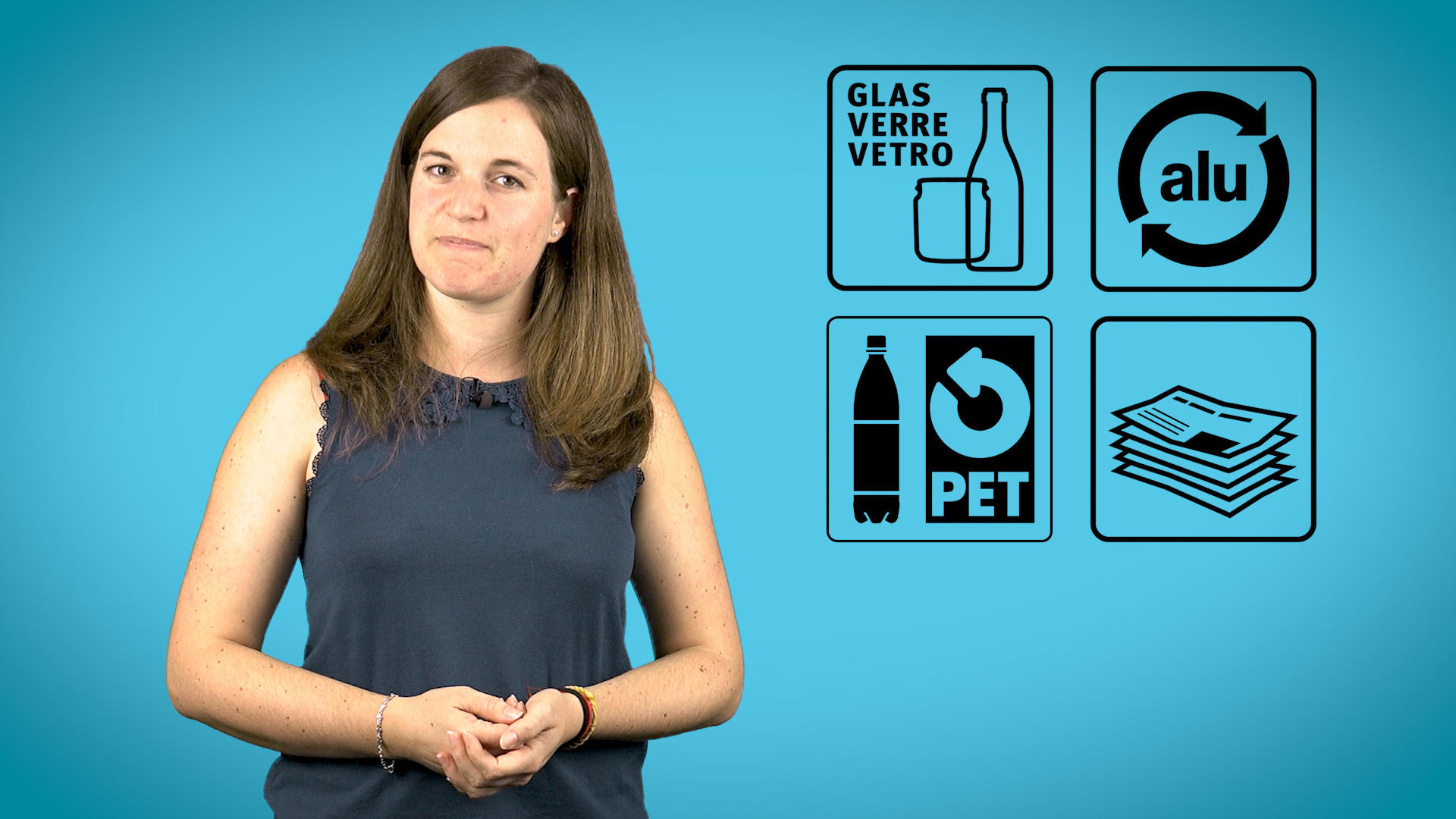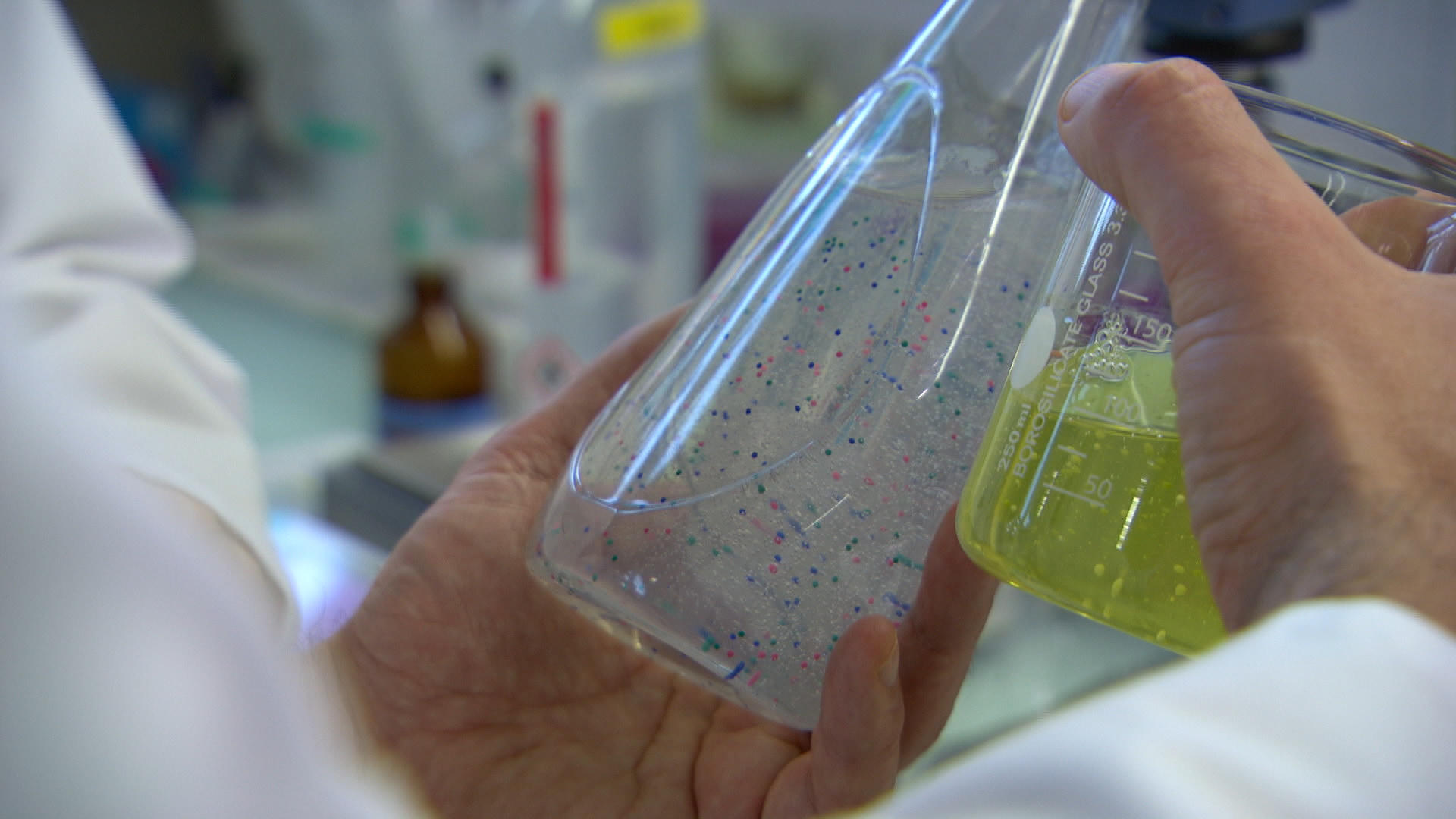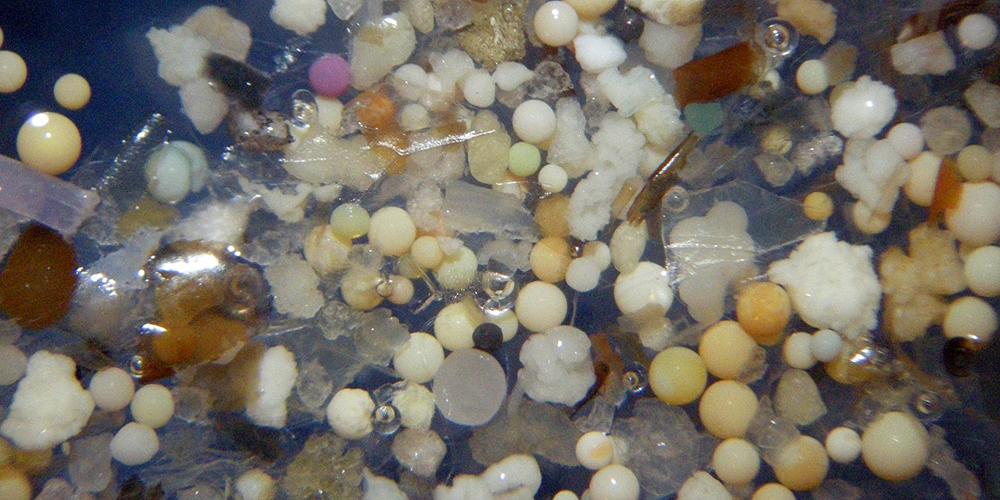Is your bikini fish-friendly? Research reveals how fabrics shed microplastics

Making textiles out of old fishing nets and plastic bottles is one way to deal with plastic waste, but do they contribute to microplastic pollution? Scientists from two Swiss institutes have been researching what happens when synthetic fabrics are washed.
Last summer I bought my partner a pair of swim trunks made from recycled PET bottles. I liked the idea of making something new out of waste, while he liked not having to go shopping.
A year later, the trunks are still in great shape and I’ve seen ads for bikinis made of similar materials. But what will happen when the swimwear starts to wear down? Will it release microplastics into the water supply or food chain?
Researcher Yaping Cai at the Swiss Federal Laboratories for Materials Science and Technology (EMPA) had a similar question, so she and her team did a lot of laundry to figure out how synthetic fabrics behave when washed.
The research team didn’t specifically investigate swimsuits, but of the dozen textile samples they tested, Cai says one made of filament yarn was a close match to typical swimwear fabric – and would likely shed a similar number of microplastic fibres (MPFs).
“Since the major source of fibres (84%) is the edges of a fabric, the release depends on the cutting/sewing method,” Cai told swissinfo.ch. Fabric sheds the most when its edges are cut with scissors, whereas thermally sealing the edges with a laser helps keeps fabric intact.
But whatever the finish, fibres do escape into the wash-water and the environment. Microplastics – of which these synthetic fibres are an example – have been found everywhere: in water, soil, fish stomachs and human waste. The World Health Organization has called for more research on the risks of microplastics in drinking water.

More
Large volumes of microplastics exist in Lake Geneva
Thousands of microfibres
“From our experiment, the rib filament textile released 261 (laser-cut) and 5,673 (scissor-cut) fibres per gram textile during the first wash.” Put another way, the scissor-cut fabric unleashed more than 20 times the fibres than the laser-cut. How to tell the difference? Think of the ornate laser cut-outs that have been trendy in recent years; these have no raw edges or seams.
Among the other fabric swatches, the release of microplastic fibres ranged from 210 MPF/g for laser-cut twill to 72,000 MPF/g for scissor-cut microfibre fabric. It is worth noting that first washes resulted in the highest MPF numbers.
“Depending on the type of textiles, six to 120 times higher numbers of MPF were released in the 1st wash cycle than the 10th wash cycle. After three to five wash cycles, the number of released MPF either stabilized at a lower level or slightly increased,” states the studyExternal link published in Environmental Science & Technology. After the 10th wash cycle, the average release was 10-1,200 MPF/g.
Environmental concern
Every year, some 14,000 tonnes of plastic waste in all sizes end up in the Swiss outdoors. According to the Federal Office for the Environment, the biggest sources of microplastics (particles smaller than 5 mm) are the abrasion and decomposition of plastic products – mainly car tyres, plastic films and other products used in construction and agriculture. Decomposed litter is another source.
“The input of microplastics which are deliberately added to products (e.g. exfoliants) or reach waste water due to fibre abrasion from the washing of synthetic textiles is low compared to the total amount entering the environment, but leads to significant deposits into surface waters,” states the office on its website.

More
Tyres and litterbugs spread plastic across Switzerland
Wear and tear
Can a bathing suit release microplastic particles while you’re swimming in a pool or natural body of water?
“There’s always the potential for fibres to be released, but swimsuits aren’t fuzzy, like fleece jackets. Their fabric has a dense knit, so they’re less likely to shed microplastic fibres during wear,” says environmental chemistry professor Denise M. Mitrano, who contributed to Cai’s study while working at the Swiss Federal Institute of Aquatic Science and Technology (EAWAG). She points out that the lifespan of a swimsuit is another thing to consider.
“When people ask me what’s the best fabric, I say reducing consumption is really the key since there are other environmental impacts of producing the garment in the first place. Buy less and wear things longer – that’ll make the biggest difference to water quality,” Mitrano, now teaching at federal technology institute ETH Zurich, told swissinfo.ch.

More
In space exploration, Switzerland punches above its weight
Clean cuts
In their study, Cai, Mitrano and their colleagues noted that textile manufacturers can play a part in reducing microplastic pollution.
“Because our study has shown that the majority of the released MPFs during washing likely originate from edges, as opposed to the surface of the textile, adopting cleaner cutting techniques is important for the industry to help reduce MPF release,” states the study. “Furthermore, a prewash of tailored garments at the factory could effectively collect a large portion of the production-inherited MPFs.”
In another aspect of their work, Mitrano and Cai found that wastewater treatment plants could remove more than 95% of MPFs. French legislators have decided that from 2025, new washing machines sold in France must come equipped with filters able to prevent MSFs from getting into the waste water via laundry.
So are fashions created with plastic waste a great idea or just greenwashing?
“It’s not necessarily the way to clean up plastic waste, but it’s not necessarily a negative thing either,” says Mitrano, citing the popularity of athletic shoes made from plastic waste found on beaches. “Of course that’s great, but it’s not going to solve the [pollution] problem.”
(With input from Céline Stegmüller)

More
Why is plastic so hard to recycle?

In compliance with the JTI standards
More: SWI swissinfo.ch certified by the Journalism Trust Initiative





You can find an overview of ongoing debates with our journalists here. Please join us!
If you want to start a conversation about a topic raised in this article or want to report factual errors, email us at english@swissinfo.ch.